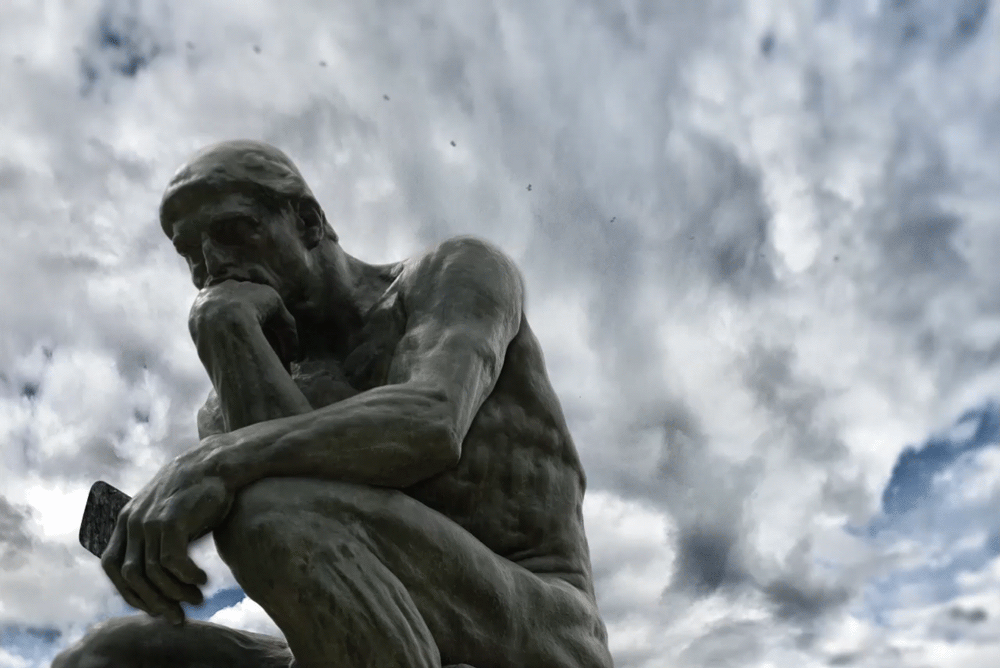Words matter, especially when covering a topic as complex as religion.
That concept has, of course, been one of the core doctrines of GetReligion for nearly 20 years and it was the hook for this week’s “Crossroads” podcast (CLICK HERE to tune that in). This episode discussed a few of the religion-language changes in the evolving Associated Press Stylebook — an update project that involved both Godbeat patriarch Richard Ostling and Bobby “Are the Rangers playing today?” Ross, Jr.
I am gung-ho about making stylebook improvements. Carry on!
But I have my doubts about whether these changes will have a major impact, when it comes to the butchering of religious language, information and history when complex religion subjects are covered by reporters (especially political-desk stars) with zero training and experience on this beat. After all, we already know that religion-news coverage radically improves when editors hire qualified writers and editors.
Thus, The Big Question, for my entire career, has been: Why don’t more newsroom managers show respect for religion news by hiring religion-beat pros?
So, will the improved AP bible help? Well, consider the many GetReligion posts over the years praising the stylebook entry for “fundamentalist,” while noting that way too many reporters ignore that advice. Why does this happen? Here is some material from an “On Religion” column I wrote on the topic (“Define fundamentalist, please”). First, the classic stylebook language:
"fundamentalist: The word gained usage in an early 20th century fundamentalist-modernist controversy within Protestantism. ... However, fundamentalist has to a large extent taken on pejorative connotations except when applied to groups that stress strict, literal interpretations of Scripture and separation from other Christians.
"In general, do not use fundamentalist unless a group applies the word to itself."
Alas, for reporters and academics, one person’s "evangelical" is another's "fundamentalist” and “fundamentalist” is basically and F-bomb.










